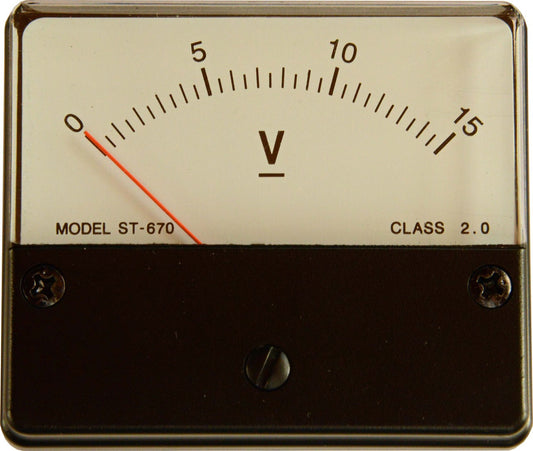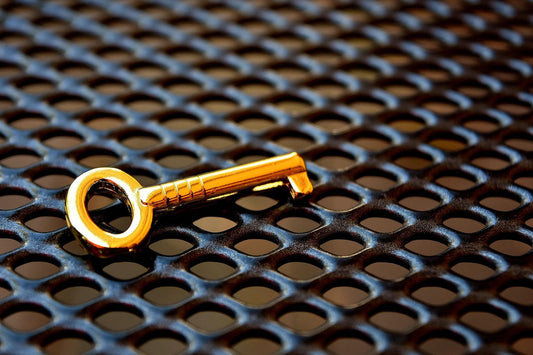Eq limitations
by Paul McGowan
Equalization is the act of increasing or decreasing the amplitude (loudness) of specific ranges of frequencies.
The most common form of EQ was once the ubiquitous bass and treble controls found on consumer audio equipment. These knobs or sliders allowed one to reduce or increase the amounts of both frequency ranges. (in my experience they were almost always cranked up on high).
Today, a few brave souls are using EQ to help adjust low frequencies anomalies in the room—mostly with the addition of a low cost easy to use DSP product like the MiniDSP. For $100 this device can take the analog output from your preamplifier and be used to feed a separate bass amplifier in a bi-amped system. Once inserted between the preamp and woofer amplifier, a simple and intuitive user interface can be used to adjust the bass response of your woofer.
Any loudspeaker with separate binding posts for woofer and tweeter can enjoy the benefits of biamping and EQ control using this simple setup.
While I wouldn't recommend trying this for anything other than a woofer, it can be helpful in smoothing out the peaks and bumps caused by room modes and standing waves.
While peaks and bumps are easy to eliminate fixing the dips and valleys caused by the room are almost always impossible to fix. That's because the loss of bass frequencies in a room are caused by cancellation (just as peaks and bumps are caused by addition). And unfortunately, regardless of how much more loudness you pump into the system at those frequencies, the cancellations just keep doing their thing.
So, should you go down this EQ road, just be mindful the most valuable improvement you can hope for is the reduction of peak and boom, not the pickup of missing bass.
- Choosing a selection results in a full page refresh.
- Opens in a new window.








